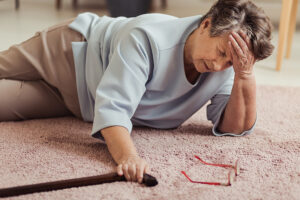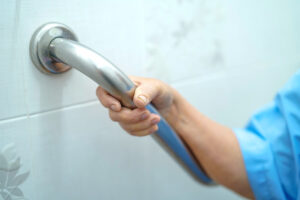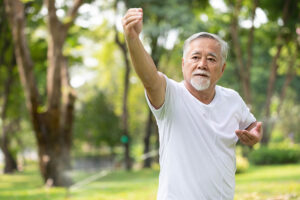Menu
Close
- Programs & Services
Not sure what services you need or where to start?
- Join Our Team
- News
- About Us
- Resources & Forms
- English
- Programs & Services
Not sure what services you need or where to start?
- Join Our Team
- News
- About Us
- Resources & Forms
- English


 Falls are a leading cause of injury among older adults, but they are not an inevitable part of aging. Many falls can be prevented by understanding and addressing the risk factors. This guide will help you identify potential hazards in your home and provide practical tips to reduce the risk of falls.
Falls are a leading cause of injury among older adults, but they are not an inevitable part of aging. Many falls can be prevented by understanding and addressing the risk factors. This guide will help you identify potential hazards in your home and provide practical tips to reduce the risk of falls. Install Handrails and Grab Bars:
Install Handrails and Grab Bars:
 Tai Chi:
Tai Chi:
